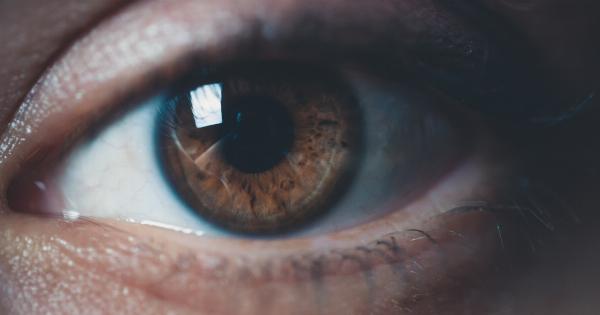Sun sensitivity, also known as photosensitivity, is a condition that causes the skin to react excessively to the sun’s ultraviolet (UV) rays.
While everyone’s skin can be affected by sun exposure, certain skin diseases can make individuals more susceptible to sunburn, rashes, and other adverse reactions. In this article, we will explore 10 skin diseases that increase sun sensitivity.
1. Lupus erythematosus
Lupus erythematosus is an autoimmune disease that can affect various parts of the body, including the skin.
Individuals with lupus often develop a rash on the face known as a “butterfly rash.” Exposure to sunlight can trigger or worsen this rash, leading to increased sensitivity to the sun.
2. Porphyria
Porphyria is a rare genetic disorder that affects the production of heme, a component of hemoglobin. This disorder can cause symptoms such as abdominal pain, neurological issues, and photosensitivity.
Exposure to sunlight can lead to severe skin reactions, including blistering and scarring.
3. Xeroderma pigmentosum
Xeroderma pigmentosum is a rare genetic disorder that impairs the body’s ability to repair damaged DNA. This condition makes individuals extremely sensitive to sunlight and increases the risk of developing skin cancers at an early age.
4. Eczema
Eczema, also known as atopic dermatitis, is a chronic inflammatory skin condition that causes dry, itchy, and inflamed skin. While sun exposure may temporarily improve eczema symptoms, it can also trigger flare-ups and increase sensitivity to the sun.
5. Rosacea
Rosacea is a common skin condition characterized by facial redness, flushing, and the formation of small bumps or pimples. Sun exposure is a known trigger for rosacea flare-ups, leading to increased sensitivity to the sun’s rays.
6. Dermatomyositis
Dermatomyositis is an inflammatory muscle disease that can also affect the skin, causing a distinctive rash. Sunlight can exacerbate the skin symptoms of dermatomyositis, leading to increased sun sensitivity.
7. Albinism
Albinism is a genetic condition characterized by a lack of pigment in the skin, hair, and eyes. Individuals with albinism have little to no natural protection against UV rays and are extremely sensitive to sunlight.
Sunburns and an increased risk of skin cancer are common in individuals with albinism.
8. Vitiligo
Vitiligo is a skin disorder that causes the loss of pigment in certain areas, resulting in white patches on the skin. These areas are more susceptible to sunburn and UV damage due to the lack of melanin, increasing sun sensitivity.
9. Ichthyosis
Ichthyosis refers to a group of inherited skin disorders that cause dry, scaly skin. The impaired skin barrier in individuals with ichthyosis makes the skin more vulnerable to the sun’s harmful effects, leading to increased sun sensitivity.
10. Actinic prurigo
Actinic prurigo is a rare hereditary skin disease that causes intolerable itching and the development of rashes after exposure to sunlight.
This condition is most commonly found in individuals of Native American or Inuit descent and leads to severe sun sensitivity.

























